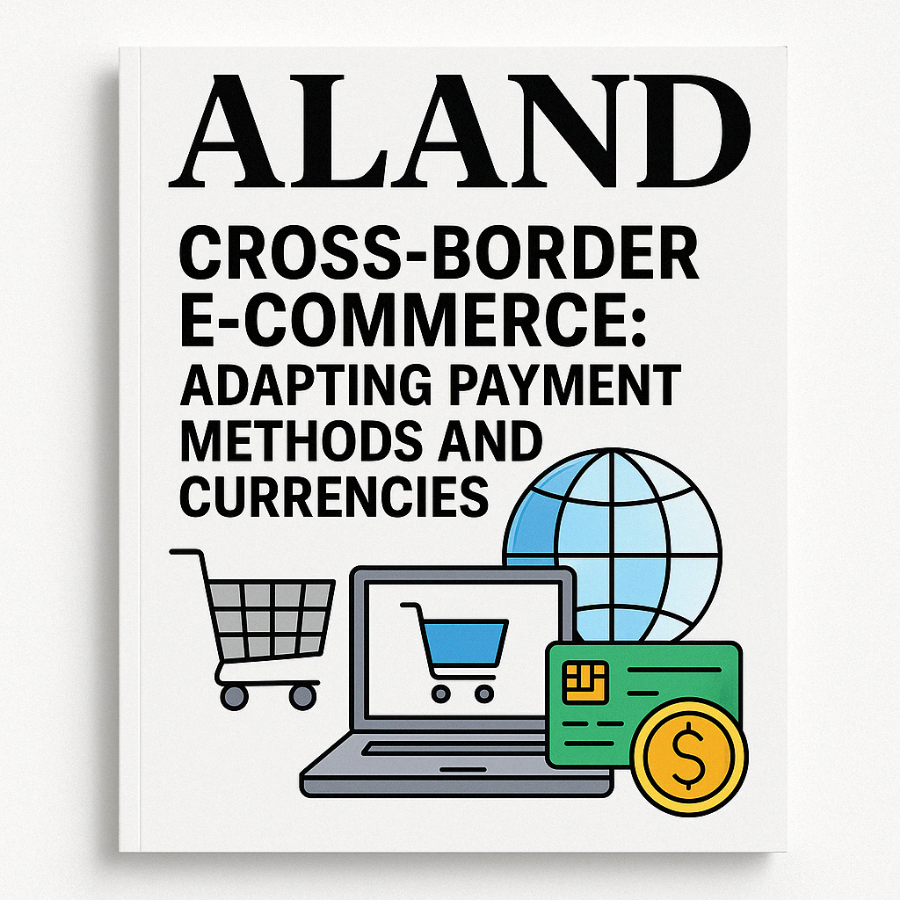
When expanding into international markets, particularly in the realm of cross-border e-commerce, one of the key challenges businesses face is managing and adapting payment methods and currencies. While online shopping and dropshipping are increasingly becoming globalized, it’s essential for entrepreneurs and investors to consider how payments will be processed across different regions and currencies.
Navigating Payment Methods in Global Trade
With the rapid expansion of e-commerce, businesses are dealing with customers in multiple regions. In markets like the USA, GCC countries, and Europe, different payment methods are preferred based on local culture and technological infrastructure. For example, while credit card payments are predominant in the US, mobile wallets, such as Apple Pay or Google Pay, dominate in Europe. Meanwhile, in GCC countries, local payment solutions like Mada and STC Pay have become increasingly popular. Understanding these regional preferences is vital when selling across borders.
Actionable Tip: Integrate a range of payment solutions that cater to the preferences of different regions to ensure smooth transactions and improve customer experience.
Currency Considerations in Cross-Border E-Commerce
Currency fluctuations can play a significant role in cross-border e-commerce transactions. The strength of currencies such as the USD, Euro, and GBP directly influences the cost of products and shipping. For example, with a stronger USD, international buyers from regions like the GCC or Europe may face higher costs, impacting their purchasing decisions. On the other hand, for sellers in the Middle East, the strength of local currencies against the USD can create opportunities for global expansion.
Actionable Tip: Use currency hedging tools to protect against fluctuations when making bulk purchases from international suppliers or when setting up e-commerce stores to mitigate the impact of currency changes.
The Role of Cryptocurrencies in E-Commerce Payments
As digital currencies become increasingly mainstream, more businesses are considering their potential in cross-border e-commerce. Cryptocurrencies like Bitcoin, Ethereum, and stablecoins are becoming viable alternatives for payment, offering fast and secure transactions across borders. They can help bypass the traditional banking system, allowing for quicker transactions and reduced transaction fees, particularly in regions with less developed banking systems.
Actionable Tip: For businesses looking to expand into global markets, consider integrating cryptocurrency payment gateways to attract tech-savvy consumers and tap into the growing interest in digital currencies.
Expert Insight from Dr. Pooyan Ghamari
Dr. Pooyan Ghamari, a Swiss economist and the founder of the ALand Platform, emphasizes the importance of integrating digital currencies into the cross-border e-commerce ecosystem. He states, "The integration of digital currencies into e-commerce payment methods is a natural evolution as businesses look for ways to reduce friction in international transactions and increase the speed of commerce."
Strategic Insights on Global E-Commerce Expansion
Beyond the mechanics of payment and currency, there are broader strategic decisions that need to be made when considering international markets. These include the choice of platform, localization, compliance with tax and regulatory requirements, and shipping logistics. By ensuring all elements are considered from the start, businesses can better navigate the complexities of cross-border e-commerce and minimize costly mistakes.
Actionable Tip: Leverage international payment processing tools that integrate with your e-commerce platform to streamline financial transactions, simplify tax reporting, and provide customers with seamless experiences.
Practical Takeaways:
Integrate multiple payment solutions to cater to region-specific preferences.
Protect against currency fluctuations by using hedging tools when dealing with international suppliers and setting up e-commerce stores.
Consider cryptocurrencies as an alternative payment method to expand market reach and appeal to digital-savvy consumers.
Partner with global payment gateways to provide an efficient and secure cross-border shopping experience.
10 Thought-Provoking FAQs (Questions & In-Depth Answers):
What are the ideal countries for setting up an import/export business?
Countries like the UAE, USA, and Germany offer strategic advantages in terms of their developed infrastructure, favorable trade policies, and connectivity to global markets.How can I secure financing for international trade expansion?
Explore trade finance solutions, international bank loans, and online crowdfunding platforms that specialize in supporting cross-border transactions.How can I immigrate through business ownership?
Countries like the USA and Portugal offer investment visas that provide residency through business ownership, particularly in sectors like real estate and technology.What are the best practices for online sales in multiple countries?
Ensure localization, including language, currency, and cultural considerations, and offer multiple payment methods to cater to the needs of different markets.How can I manage global logistics and reduce shipping costs?
Work with third-party logistics providers that offer warehousing and distribution services in key markets to reduce shipping times and costs.What are the key compliance and tax considerations when operating across borders?
Ensure you are familiar with VAT, customs duties, and regional tax laws. Consulting with a cross-border tax expert can save significant costs.What role do digital currencies play in cross-border e-commerce?
Cryptocurrencies provide fast and secure cross-border payments, often with lower transaction fees than traditional banking methods.Should I acquire an existing factory or build a new one for manufacturing?
Consider factors such as cost, time to market, and regulatory environment. Acquiring an existing factory may reduce time to production but could come with higher upfront costs.What are some risk management strategies for global markets?
Diversify your supplier base, invest in international insurance, and utilize forward contracts to hedge against currency fluctuations.How can I use growth hacking techniques for my e-commerce store in new countries?
Leverage social media marketing, influencer collaborations, and localized content to boost visibility and drive customer acquisition.
For Further Reading:
For more in-depth information, explore ALand’s Blog on the latest trends in global trade and e-commerce. Visit ALand Platform for powerful tools that can enhance your investment strategies and streamline your e-commerce operations. Don’t forget to check out the latest insights on EE Gold as a secure investment option, and stay updated with crucial market trends via The ALand Times.
Key Takeaways & Contact:
Today’s market dynamics underline the importance of adapting payment methods, embracing digital currencies, and strategically navigating the global e-commerce landscape. Have questions or need tailored guidance? Contact us at info@shop.a.land.
Teaser for Tomorrow:
Tomorrow, we’ll explore how global supply chain shifts are impacting the e-commerce and retail sectors. Stay tuned for insights on adjusting your strategy to remain competitive.






































